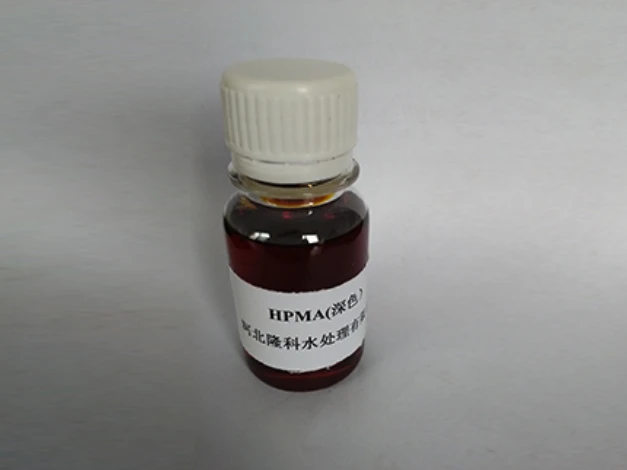dodecyldimethylbenzylammonium chloride
The Role of Dodecyldimethylbenzylammonium Chloride in Industry and Research
Dodecyldimethylbenzylammonium chloride (DDBAC) is a quaternary ammonium compound that has gained significance in various fields such as chemistry, microbiology, and industrial applications. Known for its surfactant properties, DDBAC is widely recognized for its efficacy as a disinfectant and antimicrobial agent. In this article, we will explore its chemical properties, applications, safety considerations, and emerging research areas.
Chemical Properties
DDBAC, chemically represented as C₁₈H₃₃NCl, features a long carbon chain (dodecyl) attached to a benzyl group, along with two methyl groups on the nitrogen atom. This unique structure endows DDBAC with amphiphilic characteristics, making it soluble in both water and organic solvents. The hydrophobic dodecyl chain allows it to interact with cellular membranes, while the quaternary ammonium head facilitates ionic interactions with negatively charged surfaces, such as bacterial cell walls.
Industrial Applications
One of the primary applications of DDBAC is in the formulation of cleaning and disinfecting products. It is frequently used in hospitals, laboratories, and food processing facilities due to its ability to eliminate a wide range of pathogens, including bacteria, fungi, and viruses. The compound has also found a place in the cosmetic industry, where it acts as a conditioning agent and preservative in shampoos, skin lotions, and other personal care products.
Moreover, DDBAC serves as a surfactant in various industrial processes, including fabric softening and oil recovery. Its ability to reduce surface tension allows for better penetration and dispersion, making it an effective agent in formulations requiring improved wetting properties. This attribute is crucial in applications ranging from agricultural sprays to paint formulations.
Microbiological Research
dodecyldimethylbenzylammonium chloride

In microbiological settings, DDBAC is utilized both as a disinfectant and as a subject of study. Researchers are interested in understanding the mechanisms by which this compound exerts its antimicrobial effects. Studies have shown that DDBAC can disrupt microbial cell membranes, leading to cell lysis and death. Its effectiveness against biofilms—a significant concern in medical and industrial settings—has also been a focus of research, as biofilms tend to be resistant to conventional antimicrobial treatments.
Furthermore, DDBAC's role in biocontrol is under investigation. Recent findings suggest that it could be used to manage microbial populations in agricultural settings, promoting plant health without resorting to harsher chemical treatments. This angle presents a promising facet of sustainable agricultural practices.
Safety and Environmental Considerations
While DDBAC is effective as a disinfectant, concerns regarding its safety and environmental impact have been raised. As a quaternary ammonium compound, it may pose risks to aquatic life and ecosystems. Therefore, proper handling, usage guidelines, and disposal methods are essential to mitigate potential hazards. Regulatory bodies have established usage limits and guidelines to ensure that its application does not harm human health or the environment.
Recent trends in research focus on the development of biodegradable alternatives to DDBAC, aiming to preserve its antimicrobial qualities while reducing environmental burdens. This direction aligns with global sustainability goals and emphasizes the need for a balanced approach to chemical use in industry.
Conclusion
Dodecyldimethylbenzylammonium chloride is a multifaceted compound that plays a critical role in various sectors, from healthcare to agriculture. Its antimicrobial efficacy and surfactant properties make it a valuable agent in disinfectants and industrial formulations. However, its safety and environmental implications necessitate careful consideration and research into alternatives. As science continues to evolve, the study of DDBAC and its applications will undoubtedly contribute to innovations that balance efficacy, safety, and sustainability.
-
Dodecyldimethylbenzylammonium Chloride: High-Purity DisinfectantNewsAug.30,2025
-
2-Phosphonobutane-1,2,4-Tricarboxylic Acid: Scale & CorrosionNewsAug.29,2025
-
Premium Isothiazolinones | Broad-Spectrum Biocidal SolutionsNewsAug.28,2025
-
LK-319 Special Scale And Corrosion Inhibitor For Steel Plants: Advanced Solutions for Industrial Water SystemsNewsAug.22,2025
-
Flocculant Water Treatment: Essential Chemical Solutions for Purification ProcessesNewsAug.22,2025
-
Isothiazolinones: Versatile Microbial Control Agents for Industrial and Consumer ApplicationsNewsAug.22,2025





